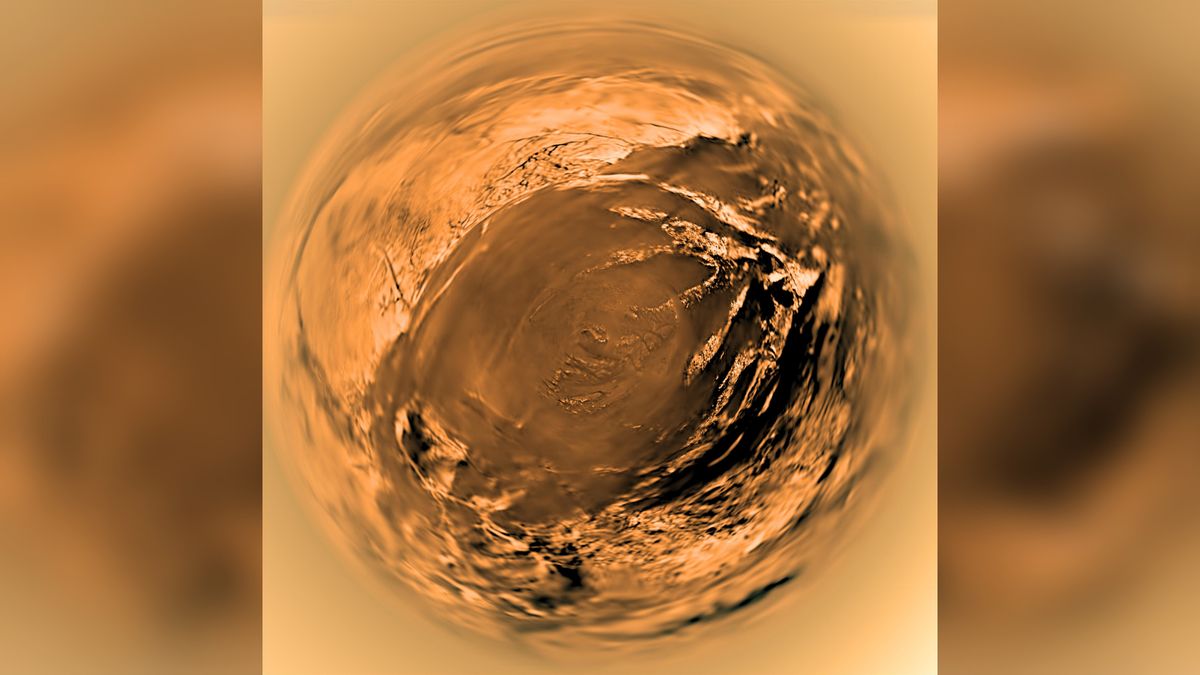 Reference: See here
Reference: See hereHeadlines:
Why it's so special: This picture was taken by the European Space Agency 's Huygens probe during its historic parachute descent onto Titan's surface on Jan. 14, 2005. At the moment this image was captured, the probe was approximately 3 miles (5 km) above Saturn's largest moon. The probe's descent from its parent spacecraft, NASA 's Cassini, took approximately 2.5 hours. When Huygens landed with a thud near the bright equatorial region of Adiri, it made history as the first and only probe to land in the outer solar system . The probe carried instruments to study Titan's smog-like atmosphere, chemical properties, wind, temperature and pressure. It was also equipped with cameras to capture Titan's surface.
Over the years, images collected by Huygens' Descent Imager/Spectral Radiometer instrument revealed that Titan's surface has Earth-like features including narrow drainage canals, dry lake beds, islands and shoals. Two more instruments ⁘ the Gas Chromatograph and Mass Spectrometer and the Surface Science Package ⁘ provided compelling evidence for the presence of methane rain and liquid flowing on Titan . Although the rivers and lakes appeared dry when Huygens touched down, evidence suggested that liquid methane may have flowed across the moon's surface not long ago.
The Huygens landing was part of the Cassini mission, which launched on Oct. 15, 1997. In 2017, after 20 years of thrilling exploration, the spacecraft made its final approach to Saturn, plunged into its atmosphere, and burned up, dramatically ending its remarkable journey.
No comments:
Post a Comment